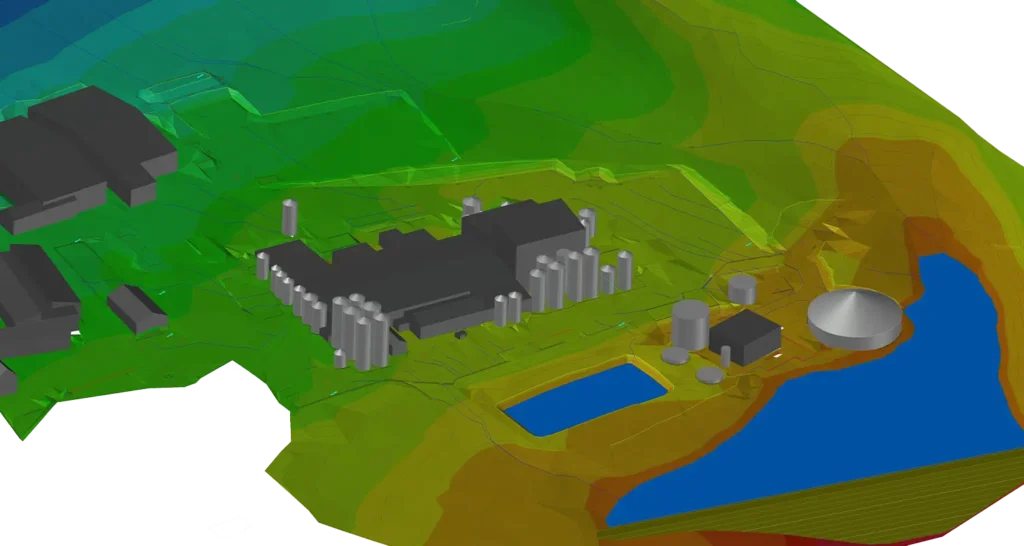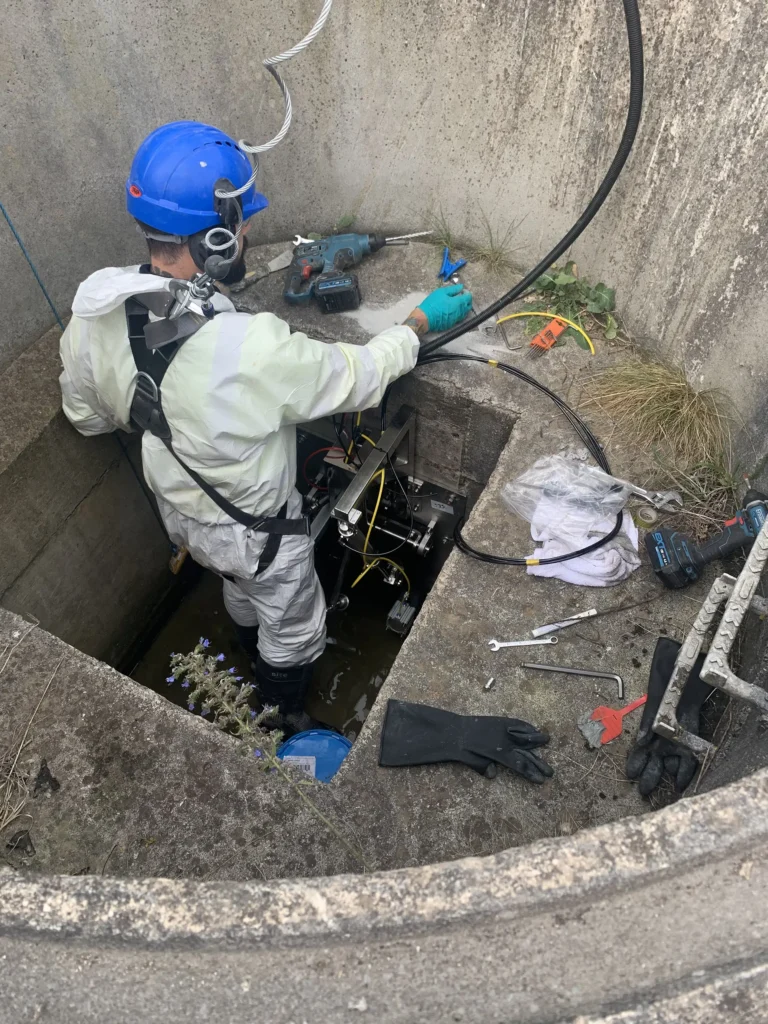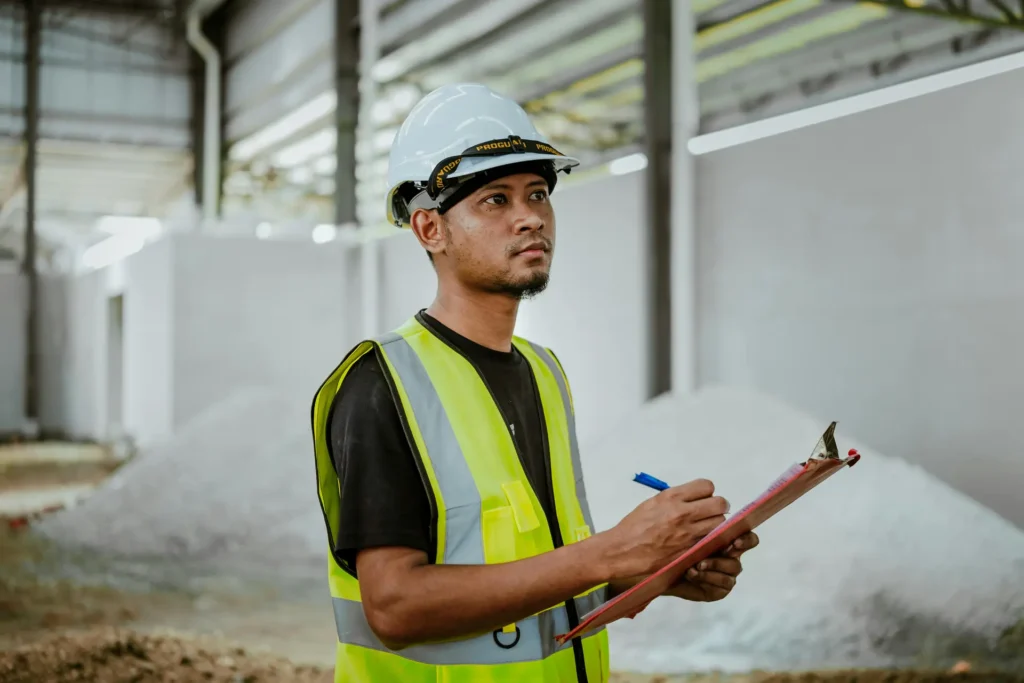At Sandfield Penstock Solutions, we provide a comprehensive range of services to help businesses safeguard against water pollution. Whether you’re an engineer designing a new site or a business leader focused on protecting ongoing operations, our expertise ensures that your systems are compliant, effective, and tailored to your specific needs.
Spill Mapping
Identify potential pollution risks with our detailed assessments and spill containment strategies.
Penstock Valve Servicing
Ensure performance and compliance with regular maintenance of your existing containment systems.
Existing system troubleshooting
Quickly resolve operational issues and gain the reassurance of business continuity with our expert diagnostics and support for your existing pollution prevention systems.
- Is your Business Ready for a Pollution Emergency?
Preventing pollution is no longer optional. It is a legal requirement. According to UK sentencing guidelines for environmental offences, businesses must have robust procedures in place to prevent pollution. These guidelines have significant penalties, with fines based on the revenues of a larger group rather than the individual turnover of a company. For smaller businesses within larger groups, this can mean catastrophic financial consequences in the event of a spill, fire, or flood. Industries which handle chemicals and additives that can harm the environment if released, are particularly at risk.
The CIRIA C736 guidance provides essential information for business leaders to help them understand their responsibilities and implement reliable water pollution prevention strategies. Sandfield Penstock Solutions is on hand with the expertise and solutions to help businesses navigate these guidelines and remain compliant.
How Sandfield Penstock Solutions Can Help You?
With extensive experience working alongside Environmental Managers, Facilities Managers, HSE professionals, Spill Control Managers, and Drainage Engineers across diverse industries, our team provides expert guidance on the latest water pollution regulations and standards. We begin by assessing your site’s unique risks and exposure to water pollution, then deliver tailored, compliant solutions designed to mitigate disruption and stay within budget. Our goal is simple: to ensure that every system we design, and install is ready to contain and manage potential pollution events reliably.
Design Compliant Sites
Our team works closely with design engineers and environmental consultants to integrate water pollution prevention systems into new site designs. We help to navigate the latest regulations and provide practical guidance to ensure that your designs are compliant and efficient. From detailed drainage assessments and consultancy to the design of smart containment systems, we deliver solutions that minimise disruption during implementation while providing long-term environmental protection.
Key services for designing a site includes:
- Water Pollution Risk Assessment & Spill Mapping
Evaluate site-specific risks to design the most effective containment strategies. - CIRIA C736 Consultancy & Support
Expert advice to ensure your designs meet industry standards for pollution prevention. - Water Pollution Prevention System Design
Custom systems tailored to integrate seamlessly with your drainage plans. - Drainage Assessment & Consultancy
Technical expertise to create compliant and efficient drainage systems.
Protect your Business
With extensive experience working alongside Environmental Managers, Facilities Managers, HSE professionals, Spill Control Managers, and Drainage Engineers across diverse industries, our team provides expert guidance on the latest water pollution regulations and standards. We begin by assessing your site’s unique risks and exposure to water pollution, then deliver tailored, compliant solutions designed to mitigate disruption and stay within budget. Our goal is simple: to ensure that every system we design, and install is ready to contain and manage potential pollution events reliably.
Design Compliant Sites
If you’re managing an existing site, we understand that avoiding downtime, managing budgets, and staying compliant are your top priorities. Our services are designed to help you maintain and improve your current pollution prevention systems, ensuring they are reliable and in line with the latest regulations.
We also provide training to your teams to help keep systems running smoothly and reduce the risk of pollution events.
Key services to keep your operations running include:
Penstock Valve Maintenance & Servicing
Ensure your existing systems are fully operational and compliant.Water Pollution Prevention Training
Equip your team with the skills to manage and respond to potential pollution incidents.Drainage Assessments & Troubleshooting
Address and resolve drainage issues quickly and effectively.Spill Mapping for Existing Sites
Understand your site’s specific risks and implement practical containment strategies.
Why Choose Sandfield Penstock Solutions?
We combine decades of engineering expertise with a deep understanding of the latest environmental regulations. Our team works in partnership with environmental managers, facilities managers, drainage engineers, and HSE professionals across industries to design, implement, and maintain systems that protect both the environment and your business. Whether you need site-specific advice, system design, or ongoing support, we are here to help.
Let us help you mitigate your water pollution risk while staying within your time, budget, and operational constraints. Contact us today at 01299 823158 or email us to discuss your needs and find the right solution for your business.




